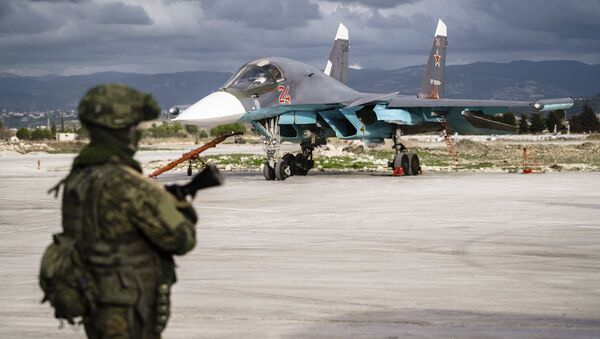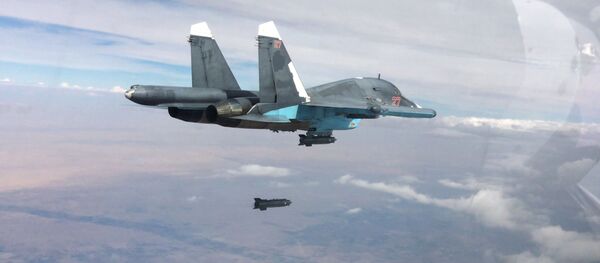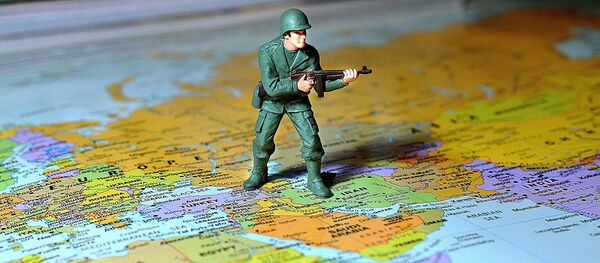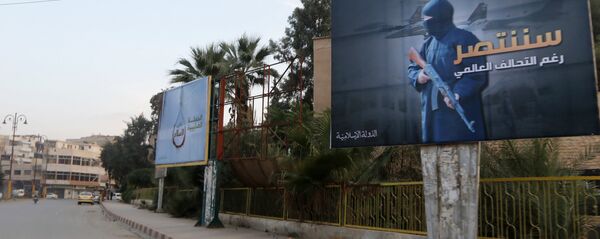Speaking to reporters at a video briefing from Baghdad on Wednesday, Harrigian said that the US was basically ignoring the de-escalation zones established by Moscow, Tehran and Ankara earlier this month with Damascus's approval.
"We don't recognize any specific zone in itself that we preclude ourselves from operating in," the commander said. "Wherever the enemy's at, wherever they present themselves, we're going to get after them," he added.
"We have had to increase the amount of de-confliction work we're doing with the Russians, given the tighter airspace that we're now working ourselves through," Harrigian said. "I'm not going to say that it is always easy, and it often takes several phone calls to work our way through it."
Commenting on Harrigian's remarks, Russian military analyst Alexander Sitnikov wrote that whether the Pentagon admits it or not, in a situation where the US military has to call its Russian counterparts to explain the purpose of US flights into de-escalation zone territory, there's a fine line separating that from a no-fly zone. Most suprising, he noted, was the fact that the situation in Syria is unlike any the US military has had to encounter over the course of several decades of unobstructed operations around the globe. "In other words, the situation does not fit into the traditional model of the behavior of the US military," the expert noted.
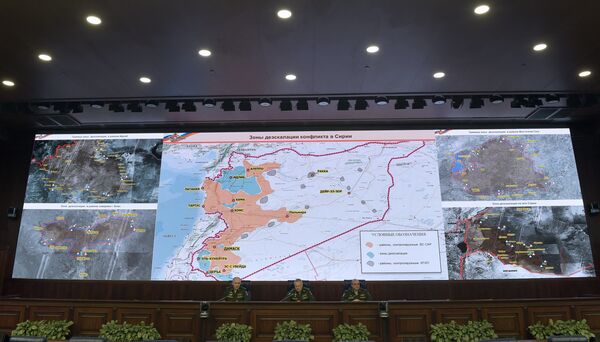
According to Sitnikov, this 'anomalous behavior' on the part of the US comes down largely to the fact that Russia's military, including the Aerospace Defense Forces, special forces troops and the Navy, has proven itself in Syria over the last two-and-a-half years and demonstrated their combat capabilities.
Sitnikov emphasized that Daesh excepted, the other major jihadist groups operating in Syria, including Nusra Front and Ahrar al-Sham "no longer have the capacity to carry out large-scale attacks on major Syrian population centers."
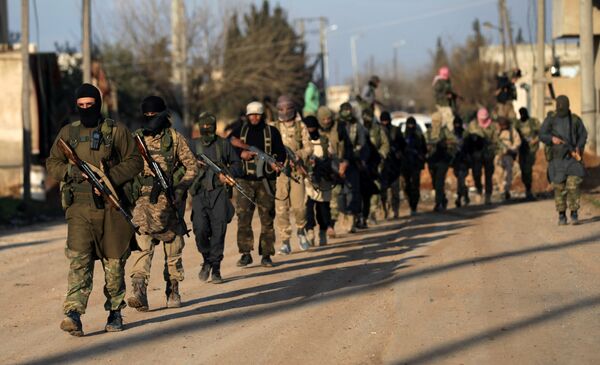
The events of the last eight months have been dramatic. As recently as October 2016, Nusra, Ahrar al-Sham and the Free Syrian Army were attempting to stage a major offensive on west Aleppo, Syria's second city, to break out of the siege the Syrian Army had driven them into.
By mid-November Syrian forces, supported by Russian aviation, not only stopped the terrorist offensive, but won back all the territory they had given up, and started a counteroffensive to storm the eastern, militant-controlled portion of the city. A month later, Syrian forces completed the liberation of the entire 190 square km city, and which had a pre-war population of over two million.
Sitnikov recalled however that "the Syrian Army's Fifth Legion, transferred from liberated Aleppo, working in tandem with Russian air power, was able to throw the militants back from the airbase, and on March 1, 2017, successfully liberated Palmyra."

By May 24, the Syrian Army managed to liberate over 90 villages in eastern Aleppo province, closing in on the town of Maskana, Daesh's last outpost in Aleppo. The observer noted that at the moment, Russian aviation is already taking an active part in the fight against the jihadists in the region. "The city's liberation will open up new [strategic] opportunities in Raqqa province, and in central Syria."
"It can't be said that the Islamists didn't try to stop the Syrian Army's advance, or even stage a counterattack," Sitnikov stressed. "Between March 21 and April 22, heavy fighting took place for the settlements of Sourani, Khitab, and Kawkab. Nevertheless, by early May, government troops regained control of the lost villages, and even liberated new territories, totaling over 1,300 square km in the area between Palmyra and Qalamun."
In May, the Syrian Army liberated strategically important areas east of Damascus, while dislodging terrorist from al-Vayera near Homs.
According to Sitnikov, the combined weight of these victories, together with the agreement on the de-escalation zones, dramatically increases the prospects for the Syrian Army to finally lift the siege of Deir ez-Zor, the largest Syrian city still under siege by the Islamists, and to liquidate other Islamist enclaves.
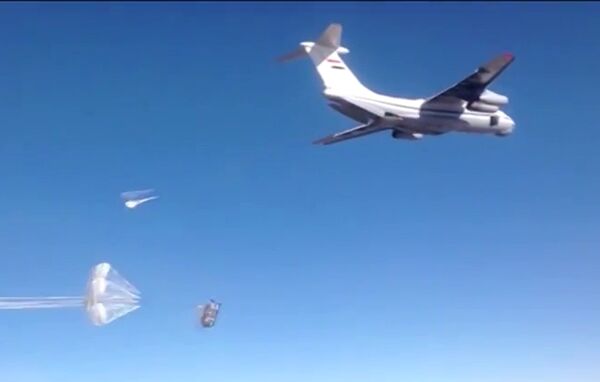
On Thursday, the Syrian Army announced the start of Operation Grand Dawn, aimed at freeing the eastern Syrian desert from the terrorists.
Ultimately, the military writer stressed that when one compares the strategic situation today to that which existed less than a year ago, the picture has shifted dramatically.
"However, before the end of 2017, the alliance of Syrian and Iranian forces, together with Russian air power, will run up against the fact of a growing presence of the US-led coalition on Syrian territory," Sitnikov warned.
In any case, the expert suggested that based on how events are developing at the moment, "in the coming months, we can expect a great variety of political surprises, possibly including a serious aggravation of relations between the US and Russia over a range of issues." Ultimately, he warned that if the two countries' militaries cannot agree to continue to coordinate their communications over Syrian airspace, "the Syrian skies will soon become very hot."

